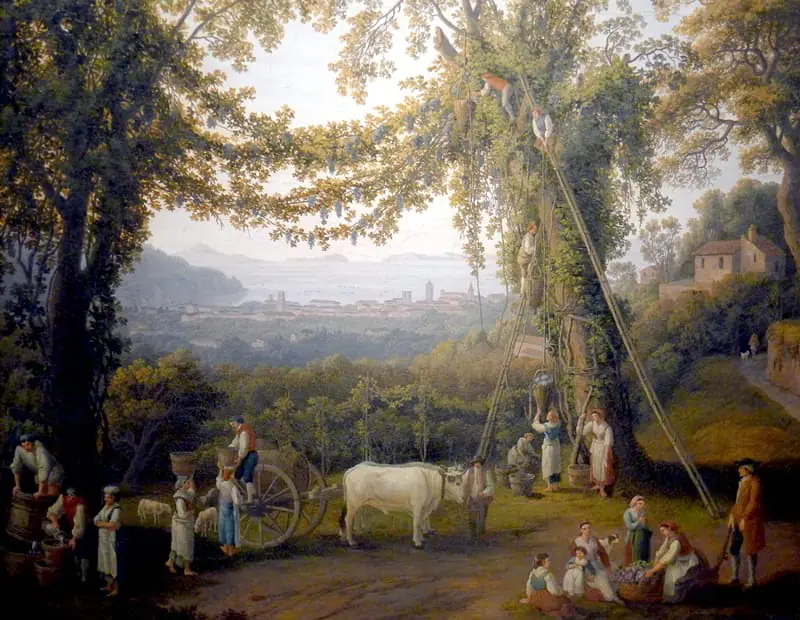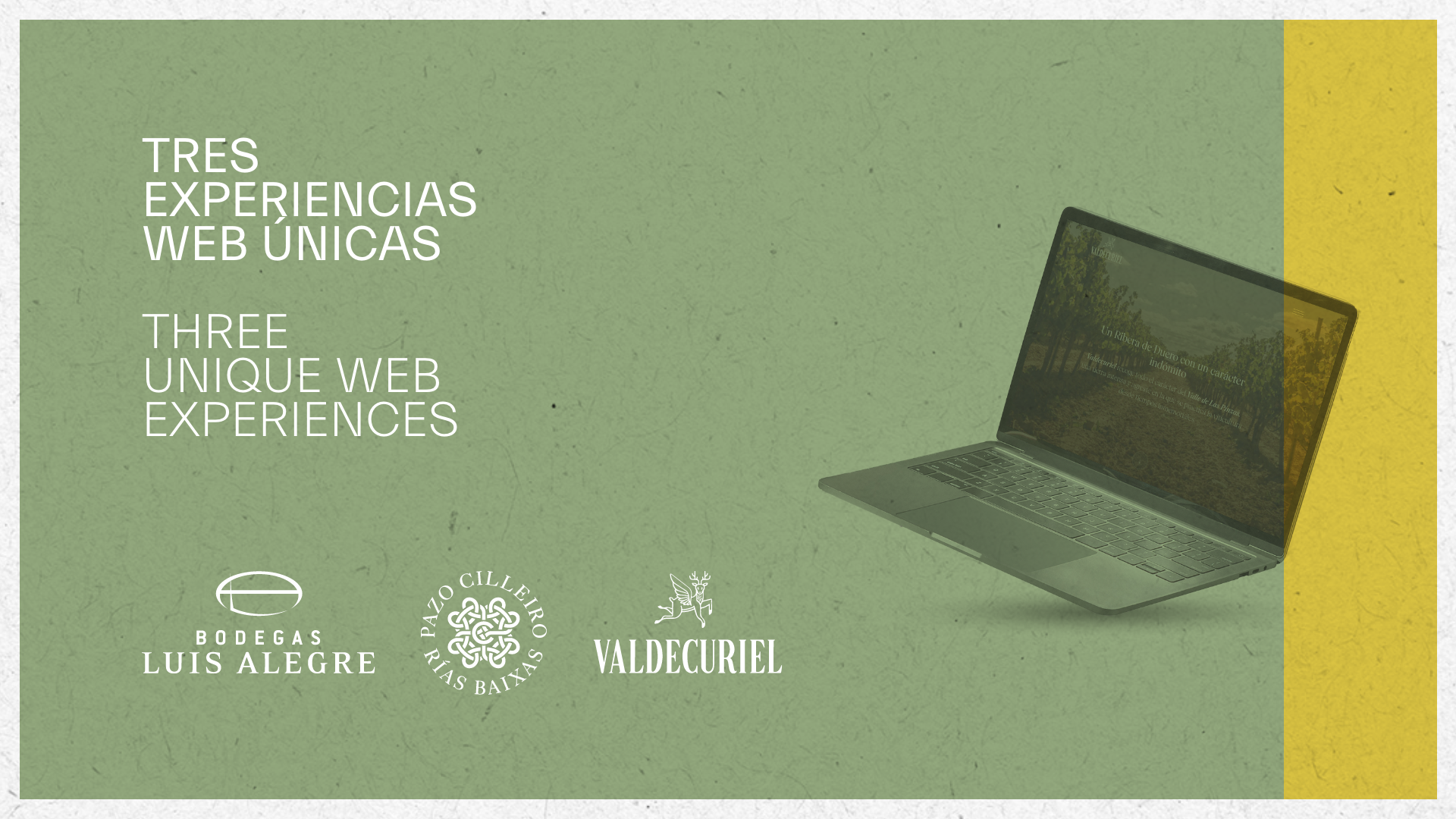 La Tapisserie des Vendanges is a 15th century tapestry weaved by the Aubusson tapestry manufacture and currently part of the exhibition of the Cluny Museum in Paris. Measuring 2.46 m high and 4.95m wide, it is an impressive representation of the harvest activities.
La Tapisserie des Vendanges is a 15th century tapestry weaved by the Aubusson tapestry manufacture and currently part of the exhibition of the Cluny Museum in Paris. Measuring 2.46 m high and 4.95m wide, it is an impressive representation of the harvest activities.
 The famous book of hours Les Très Riches Heures du Duc de Berry, created between 1412 and 1416 by the Limbourg brothers and Barthélémy d?Eyck, is in the Condé Museum in Chantilly, France. The September page features a grape-picking scene in the vineyards surrounding the Castle of Saumur in Anjou, a fully-fledged wine growing region at the time.
The famous book of hours Les Très Riches Heures du Duc de Berry, created between 1412 and 1416 by the Limbourg brothers and Barthélémy d?Eyck, is in the Condé Museum in Chantilly, France. The September page features a grape-picking scene in the vineyards surrounding the Castle of Saumur in Anjou, a fully-fledged wine growing region at the time.
 Painted around 1784, L?automne, by Philipp Hackert, depicts the harvest near Sorrento, in southern Italy, an area where vines hanged from oak trees, in a sort of 'joualle' system. The Wallraf-Richartz Museum in Cologne (Germany) houses the painting.
Painted around 1784, L?automne, by Philipp Hackert, depicts the harvest near Sorrento, in southern Italy, an area where vines hanged from oak trees, in a sort of 'joualle' system. The Wallraf-Richartz Museum in Cologne (Germany) houses the painting.
 La Vendimia o El Otoño, by Francisco de Goya (1786), is in the Prado Museum in Madrid. According to the scholars, the scene takes place in the vicinity of Arenas de San Pedro (Ávila), in the Gredos mountains.
La Vendimia o El Otoño, by Francisco de Goya (1786), is in the Prado Museum in Madrid. According to the scholars, the scene takes place in the vicinity of Arenas de San Pedro (Ávila), in the Gredos mountains.
 Les Vendanges is a series of lithographs depicting humorous sketches. It was published by French printer Haguenthal in the mid 1800.
Les Vendanges is a series of lithographs depicting humorous sketches. It was published by French printer Haguenthal in the mid 1800.
 Coin de vigne, Languedoc, by Toulouse artist Édouard Debat-Ponsan, is a hyper realistic work painted in 1886 following the ?provincialist? style which was fashionable at that time in France.
Coin de vigne, Languedoc, by Toulouse artist Édouard Debat-Ponsan, is a hyper realistic work painted in 1886 following the ?provincialist? style which was fashionable at that time in France.
 In his 1969 immigration series, the great French photographer Henri Cartier-Bresson (1908-2004) took this harvest picture in the northern Rhône.
In his 1969 immigration series, the great French photographer Henri Cartier-Bresson (1908-2004) took this harvest picture in the northern Rhône.
 In 2015, Haro-based artist José Uríszar, a good friend of Muriel Wines, painted on the walls of Conde de los Andes, our winery in Ollauri, this mural depicting the vineyard cycle."
In 2015, Haro-based artist José Uríszar, a good friend of Muriel Wines, painted on the walls of Conde de los Andes, our winery in Ollauri, this mural depicting the vineyard cycle."
You may also be interested in:




